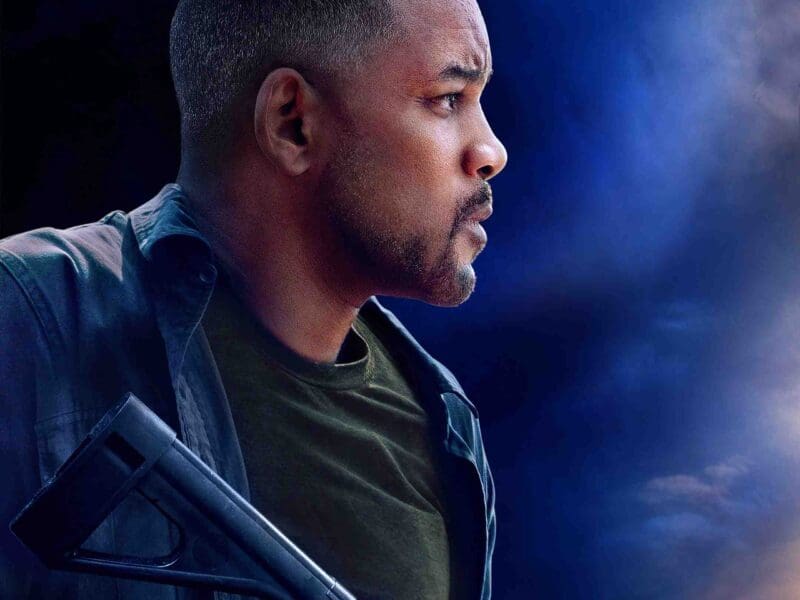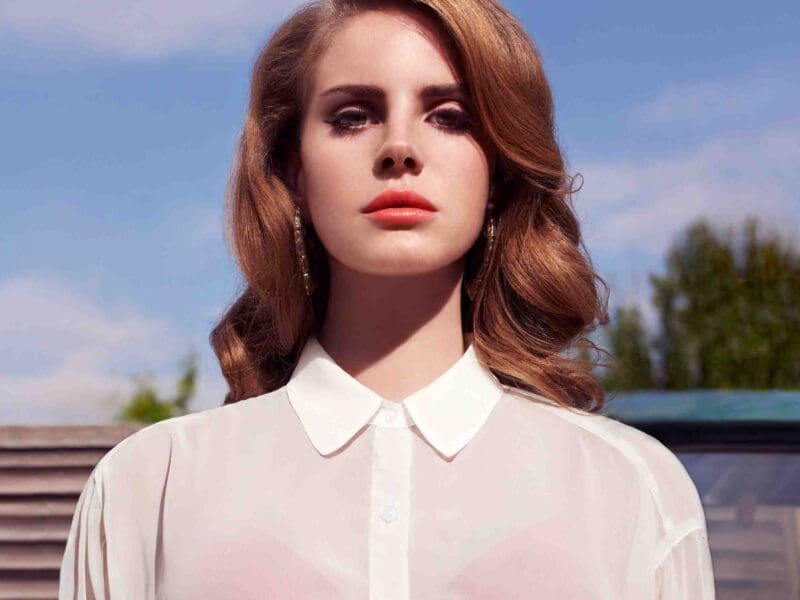
Visual Artist, Director and Producer Sago Answers Some Questions That Recent Press Has Us Asking
We have three burning questions for Sago, the visual artist, filmmaker and video content director who, according to various other news sources, among other feats in his 7(ish) year career so far, has directed and produced over 150 projects during a single year period. The questions go as follows. Number one: Is it true? Number two: How? Number three: Has the number gone up each year since? Because that sounds like a bit much for a continuing thing.
Now before we jump into these three questions for Sago, there’s a certain amount of information that we shall establish in order to set up the conversation accurately.
Harbaksh Sahi, famously known as Sago, is a filmmaker and a video content director and producer, among various other things we should add. Since the start of his career as a video content director and producer around 2015, his unique, eclectic vision has been in high demand.
Sago’s creative style is multifaceted, and his artistic knowledge is encyclopedic, and this becomes evident by the amount of artists and brands in such a diverse range of industries that look to Sago for their projects. Musicians and record labels, fashion brands and fashion magazines, stand-up comics and streaming platforms, movie studios and television networks, events companies and even globally renowned chefs, work with Sago to create what others might call “content”, but what for Sago are each works of audio-visual art, each with their own individual characteristics and personalities.
Take a look at just some of the names that he has acquired into his portfolio over the last few years. Grammy winning and nominated artists, such as Skrillex, Stephane Wrembel, composer of the soundtrack of the Oscar winning film Midnight in Paris, Beth Hart, Malika Tirolien, Louis Banks, the band of A.R. Rahman, among an international array of countless other artists like the Emmy nominated Willow Smith, Jahnavi Harrison, Jannabi, Karsh Kale, Prateek Kuhad, the list is extensive and covers a number of
countries including the United States, India, Canada, Japan, Switzerland, Germany, France, and Bosnia and Herzegovina, not to mention the record labels, from the various homegrown local independent ones of some of the countries mentioned above, to giants like Universal, Roc Nation, and MSFTS; Plus, some the biggest and most popular fashion brands and magazines there are, including ELLE, Bobbi Brown, L’Officiel, and NYX;
Plus, studios, streaming platforms and networks like Viacom, Netflix, Amazon, Vh1, and MTV; Plus, commercials and other forms of video content for various other global brands, such as Mastercard, Vertex Effects, Smirnoff, Bacardi, Harman, Lakmé, Femina, Impresario, Vallonne, the Total Environment Music Foundation, and Marvel;
And plus, directing and producing travel and culture based content in and for various countries, including the United States, India, Thailand, Nepal, the United Kingdom, and Singapore;
Along the way, casually directing multi-award winning actors from Oscar winning films like Anil Kapoor of Slumdog Millionaire, while he’s at it!
Essentially, a 7-8 year portfolio that could make even people who have worked twice the number of years at least a little envious, and we should add, for those wondering, that Sago does not come from a family of people in the arts and entertainment industry. As he puts it, he dove right into this pool sometime around 2015, swam and swam, and soon enough found himself swimming in an ocean. We paraphrased.
Okay, now let’s get to those three questions.

“Yes. It indeed is true.” Sago confirms the answer to our first question, leading us to our next question, “How?!”
“I don’t know! I was enjoying it way too much and didn’t feel like stopping and didn’t feel like saying no to projects!”
Okay, that partly answers why, but still not how.
“It was honestly a combination of so many things. I mean, it was a lifestyle change pretty much entirely. I could try and talk about one or two specific things that might have contributed, but the whole answer would be that I just dedicated my entire lifestyle in one direction. Literally, in the earlier stages, I
genuinely did. For example, if I’d go out to a restaurant or a bar to grab dinner with friends, and the place looked even mildly interesting to me, I’d look them up on Instagram or check out their website, and without consciously trying, I’d start getting ideas for cool things that this restaurant or bar could do. Not always, but often, like I said, if the place looked a bit interesting in any way. And then I’d reach out to them and suggest these ideas to them. Or, if I was watching a movie, and, for example, the wardrobe styling appealed to my eyes, it would trigger ideas for videos or other visual projects in my mind, and then I’d look out for the Costume Designer’s name in the credits or look them up on IMDb, and reach out to them with these ideas. So practically everything I was doing in my day to day life, if anything triggered any ideas in my mind for cool visual projects, I’d just go forward with it and try to make it happen. Some of them lead to projects, and of course, some of them never responded. But I wasn’t doing this as though it was a job, things in my day to day life would naturally make me think of ideas, and then I was genuinely interested in trying to make those ideas happen, because why not?”
This lifestyle dedication to a specific craft gives us a better idea of how projects would begin to come in for Sago, and how projects would develop. But it’s still a feat to pull off something like over a hundred projects in a one year period, and we wanted a glimpse of how one filmmaker could manage to do all of it.
To make the question more specific, we asked Sago about the many international projects that began coming his way, and how he was able to manage the traveling and the actual production of projects in his schedule.
“One thing that was pretty much a constant in my life at that point, was sleeping and eating on the go. I’d be eating my meals on the go most of the time, and I’d be sleeping on the go a lot of the times. Also, I think one interesting factor to realize is that being in the 21st century, we don’t necessarily have to stick to 20th century production processes even though that’s how we learn them. Well this is true in some cases at least. Yes, there were various international projects that I was getting. Some of them, I did travel to other countries. But some of them, it was actually possible to direct the production without having to physically be there. Like, I directed and produced various projects in Paris, France, without actually needing to travel to Paris myself. We had screens and speakers to see and talk to each other, and good
internet to connect smoothly. Now sure, it does not compare to physically being present on location, but as a director, in some cases, if I felt that I could successfully pull off a project by making use of technology in this way, then I’d take up the project. Not to mention, it was extremely humbling that artists and brands would reach out to me from different countries and want to bring me on board as a director for their projects, and would even be okay with me directing remotely, as long as I assure them the haute couture of audio-visual productions so to speak, that they saw in my portfolio. This was quite an honor for me! So I wouldn’t say no to the project if I wasn’t able to travel to the location, as long as, upon discussing all the details of the project with the client, I felt that I could do it and do it well. It involved a lot more work during pre-production, and a lot more planning and preparatory work with the crew in Paris, but overall, to answer your question, this was probably one of the reasons I was able to do a larger number of international projects. That being said though, the ones that I actually travelled internationally for, were all such amazing experiences! My first choice would always be to actually travel for the project if I can. I guess that’s a pretty universal feeling, who wouldn’t want to travel to different countries and film projects there? Especially doing what we do, working with people in the various arts and culture industries, the work itself is so culturally explorative!”
Alright, question number three, has the number gone up each year since?
While a year of over a hundred projects with such renowned brands and artists from such a range of industries and such diverse cultures may seem like the peek, Sago continues to climb. After the aforementioned year and all the projects it brought Sago, he continued to add new names to his portfolio, including projects with internationally renowned award winning Singaporean chef Bjorn Shen, global organizations such as the Singapore Tourism Board / Visit Singapore, Grammy nominated artists such as Louis Banks, among numerous records, known for his collaborations with musical icons, including the founder of Modern Jazz Miles Davis himself, and John McLaughlin, German brand Meinl Percussion, and as per usual, an international array of projects with musical artists, including France based Leprofici, and India based Randolph Correia, Komorebi, Samira Koppikar, Mohini Dey, Pentagram, Vishal Dadlani, Vasundhara Vee, The Fanculos, Gino Banks, and the Swadesi Movement, among numerous others, where his production studio Glowworm Collective has been instrumental, to say
the least, in breaking grounds and giving visual life to the independent music and comedy scenes, as well as continuing to grow his portfolio in the global fashion and beauty industry, with international and American brands such as NYX, and continuing his trendsetting work in the comedy industry with many other stand-up comics as seen on YouTube, Amazon, and Netflix, by millions of viewers, all of these being in addition to continuing regular projects with some of the clients and collaborators that he already had a working association with from the previous years.
“The way it goes in this field of work, if you’re going the right way at least, is that after a point of establishing yourself as an entrepreneurial artist, each year, you can do fewer projects while earning more money. That’s the natural way, that’s what makes success evident in this field, and while it’s still very tempting to say yes to every project that comes my way, or, correction, most projects, the honest answer is, if the number of projects continued to rise each year, that wouldn’t necessarily be a good thing. I mean honestly, going above 150 projects in a year low-key sounds unhealthy, although I don’t regret the grind of that year because it paid off in a good way! So while the grind still continues, and the number of projects each year is still pretty high, no, that number hasn’t gone above 150, and I don’t plan on it to go up there either. However, if I may very humbly flex a little bit, the number on the checks I am offered has been going up!”
A very humble flex indeed, Sago, but one that you’ve rightfully earned!







